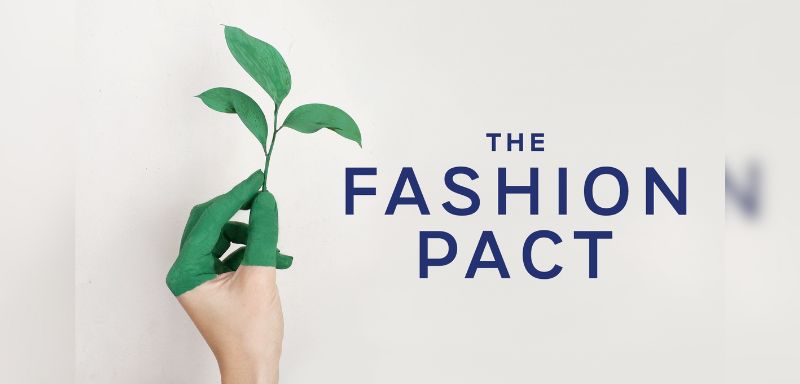With scientists anticipating that the earth’s temperature will rise by 34 degrees within the next five years, one of the world’s best-renowned luxury fashion brands has decided to quit the Fashion Pact.
The Fashion Pact was launched in 2019 during the G7 in Biarritz with a very specific aim; reducing the harmful impact that the fashion industry has on the planet. Since January 2020, this initiative is co-chaired by Helena Helmersson, the CEO of the Swedish group H&M.
With the Fashion industry listed as one of the most harmful activities for our planet, responsible for surplus greenhouse emissions, water consumption, chemical pollution, waste generation, resource depletion, and overconsumption, the Fashion Pact’s mission stands as one of the most remarkable in its effort to palliate this climate crisis. However, Hermès, one of the top fashion houses, has decided to abandon it.
“In the face of today’s climate emergency, we need to work together to meet the challenges ahead – challenges that one company alone cannot solve,” said Helena Helmersson.
The Fashion Pact management considers it to be “normal that there are fluctuations in the number of members over time, with new members joining The Fashion Pact and others deciding to end their participation. In fact, this ensures that the membership is made up of companies that are strongly committed to the aims of The Fashion Pact and contribute to the collective progress of the initiative.”
“Although the number of our members has slightly decreased, it is worth noting that we have added members with significant volumes such as OTB Group (owner of Diesel and Marni) and MF Brands (owner of Lacoste, Aigle and Gant), which are bigger players and have a significant impact,” explained the organization reassuringly.
These statements undermine Hermès’ departure. According to the luxury fashion house, they left the movement because of the little progress they have made since its creation four years ago.
In response, the Fashion Pact claims to be speeding its efforts. The initiative has managed to bring together brands like Burberry, Kiabi, Mango, Farfetch, Carrefour, Armani, Etam, and Adidas, a move that seeks “to accelerate collective efforts, from suppliers to retailers, and now plans to deepen its action to focus more on activities upstream of the value chain,” they stated.
The Fashion Pact has created a virtual collective power purchase agreement, committed to spreading the use of renewable energy and developing a common biodiversity benchmark to measure the impact of companies on fauna and flora and help define strategies that are more respectful of living organisms.

